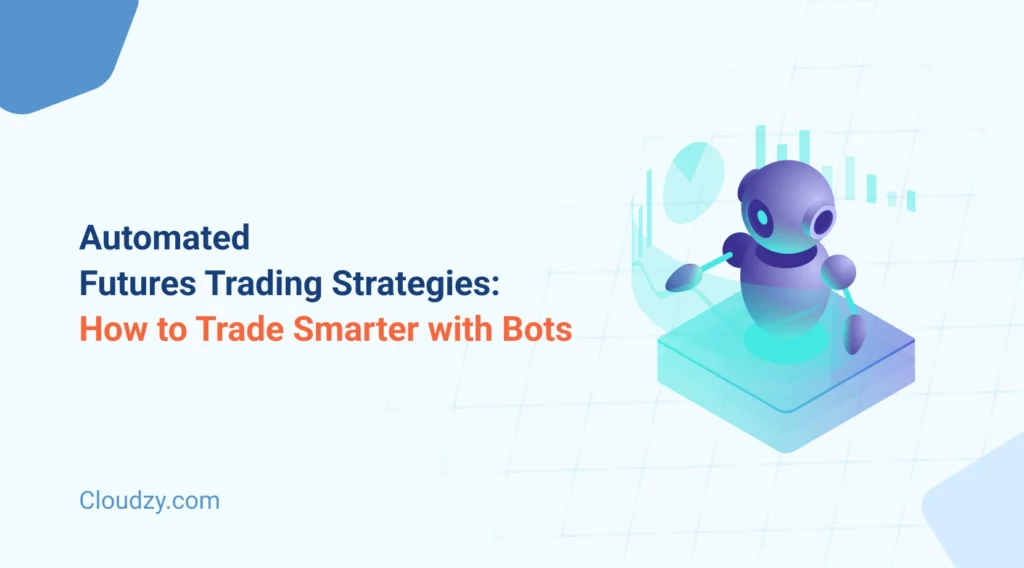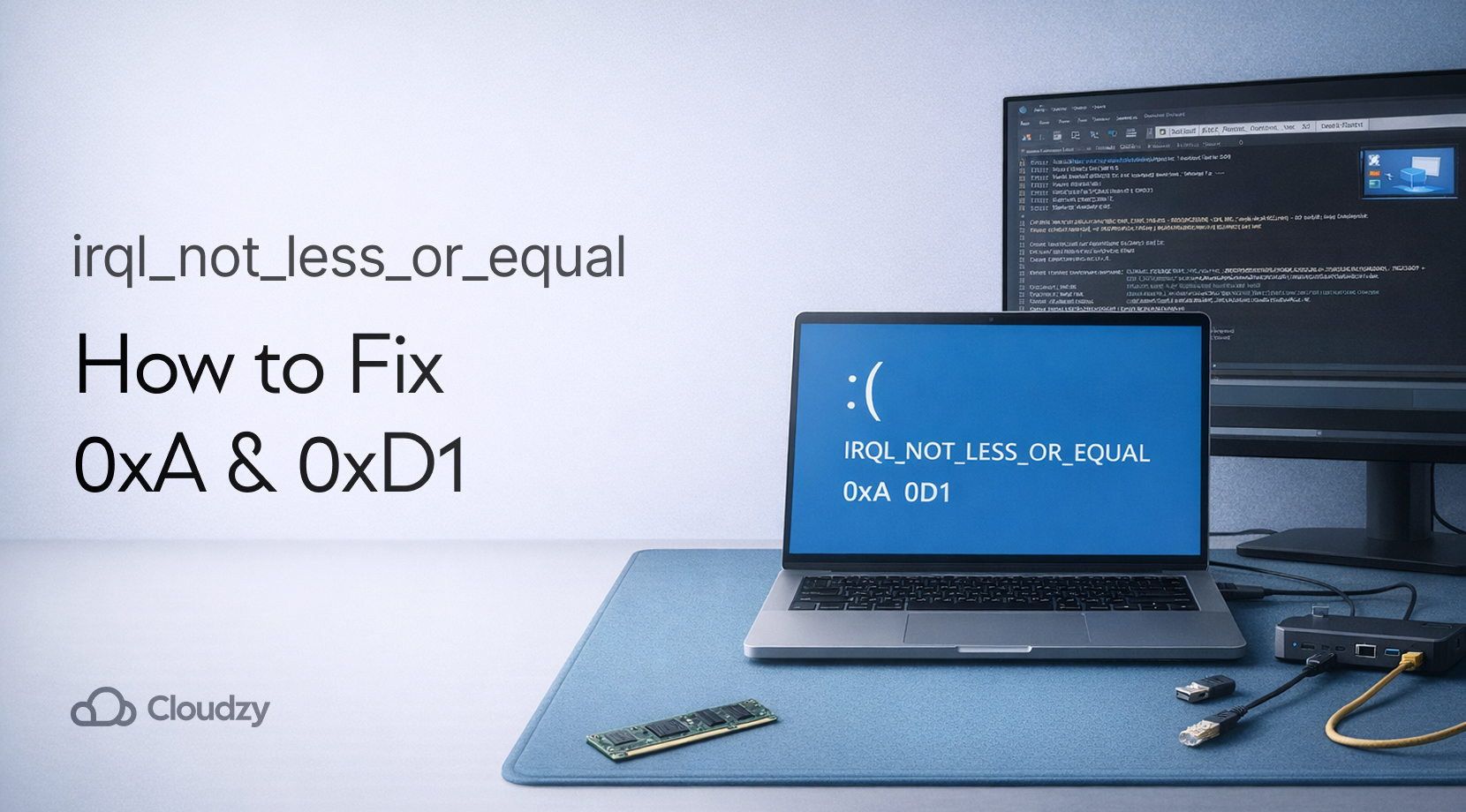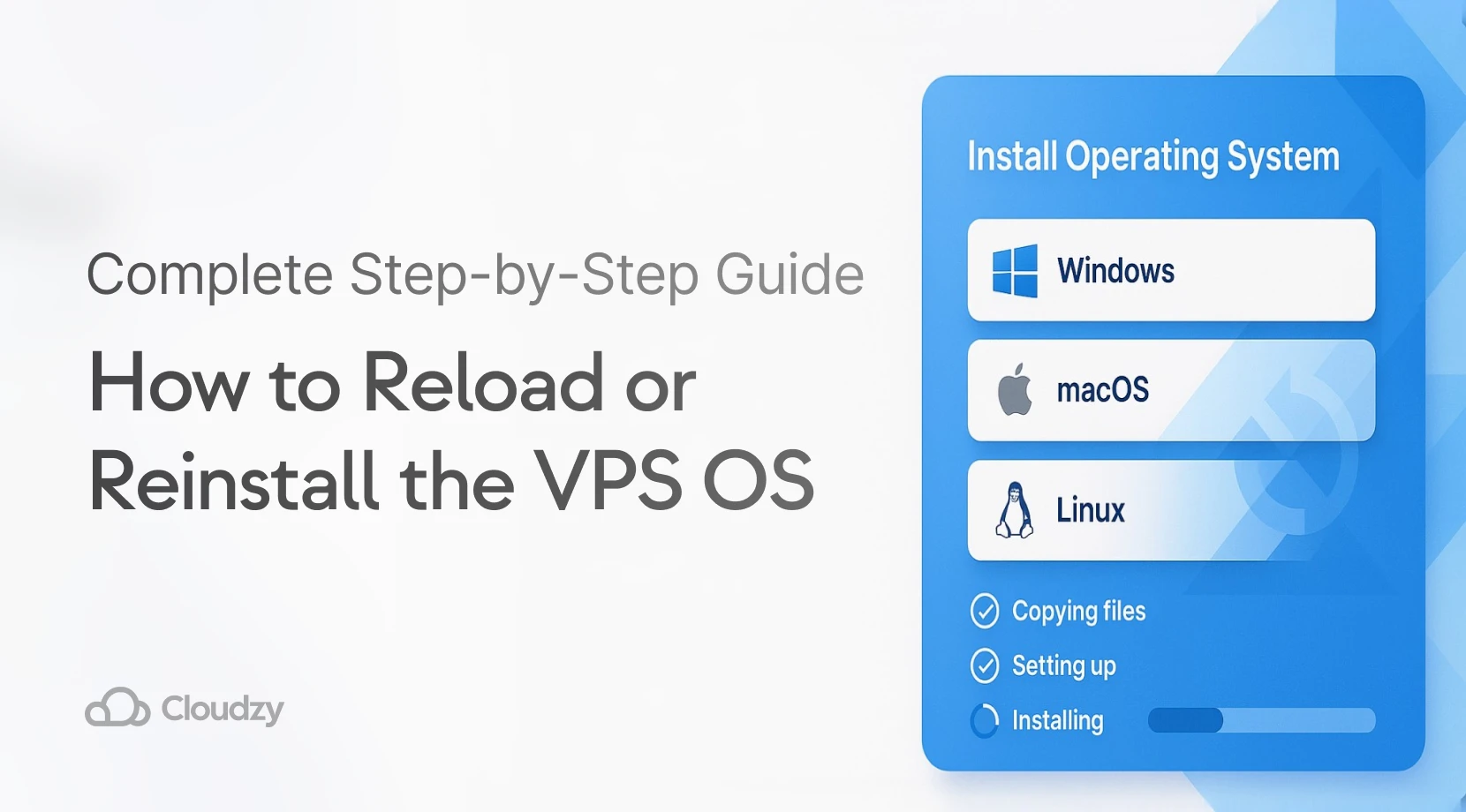Automated futures trading strategies basically let computers handle your trades based on rules you set up beforehand. No more emotional decisions screwing you over, no more missing opportunities because you were sleeping. These systems scan markets constantly, spot patterns, and execute way faster than you ever could manually.
If you’re still figuring out what futures trading is, jumping into automation might seem like skipping steps. But honestly? Once you get the basics down, bots just make everything easier.
What Is Automated Futures Trading?
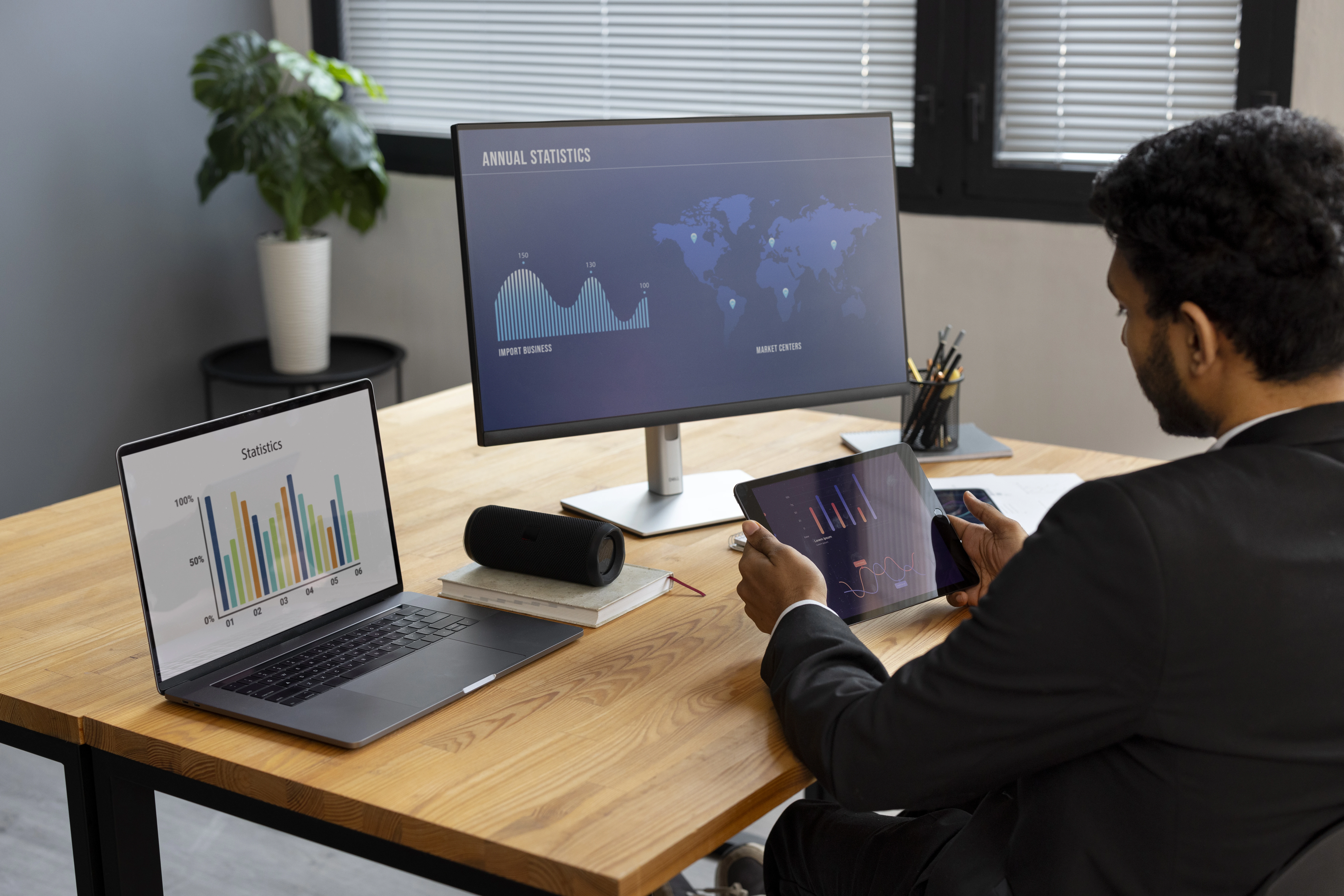
Think of it like hiring a digital employee that never needs coffee breaks, never panics during crashes, and follows your exact instructions without getting distracted. That’s automated trading – software running on servers.
The algo trading vs. automated trading thing isn’t complicated. Algorithmic trading involves intense mathematical models. Automated trading can be simple – rules like “sell my crude oil if it drops 2%.” Both beat emotional trading decisions though.
Most platforms don’t require coding knowledge anymore, which is great because most of us aren’t programmers.
Key Benefits of Using Bots in Futures Markets
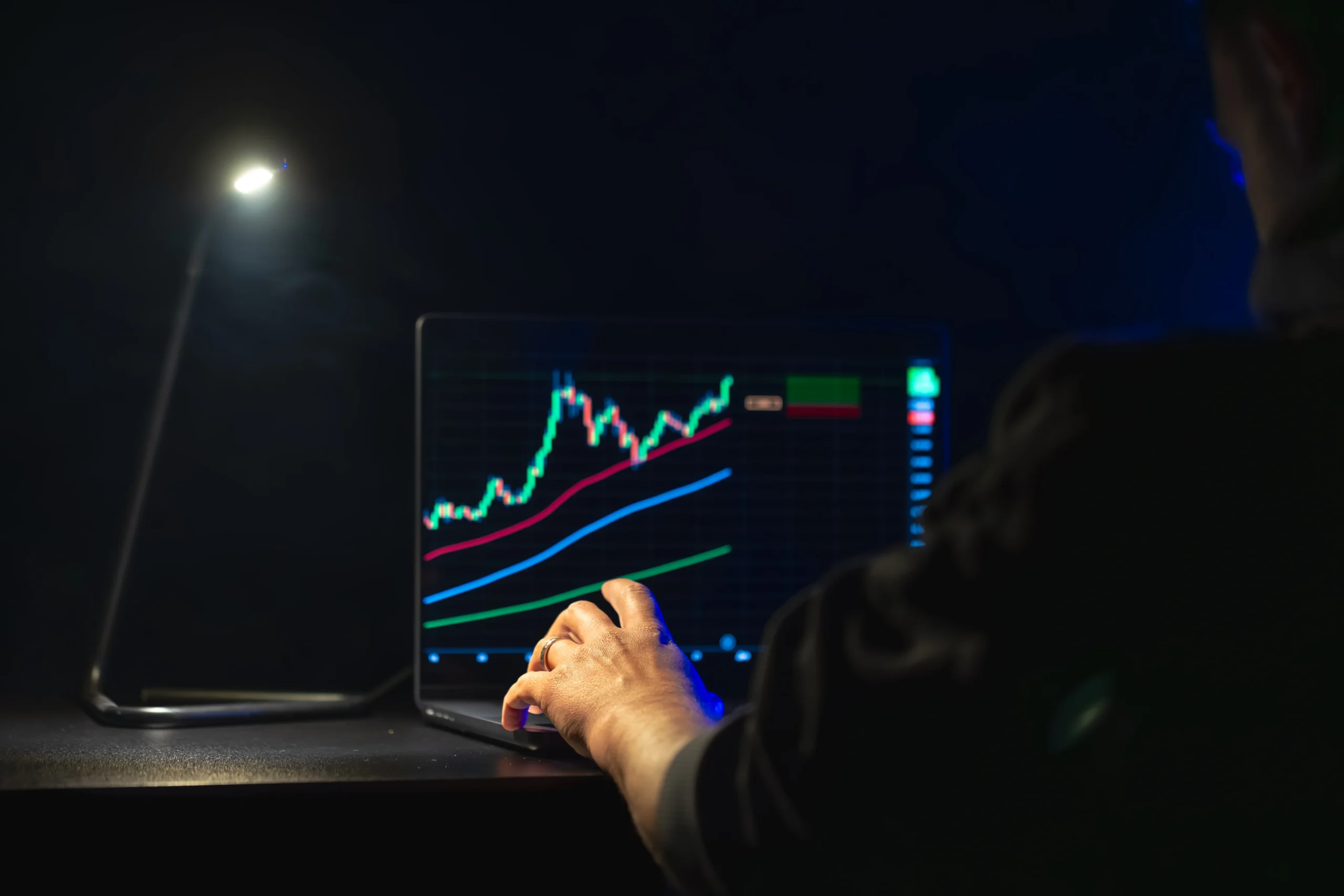
Speed destroys manual trading every time. While you’re reading news headlines (3-5 seconds if you’re quick), bots execute trades in milliseconds. Competitive systems hit round-trip execution under 10 milliseconds.
Real scenario: You’re trading crude oil manually. OPEC announces production cuts. By the time you process this and place your order, price jumped $1.50 per barrel. Your bot would’ve executed within seconds.
Advanced setups monitor multiple timeframes simultaneously – breakouts on 5-minute charts while confirming hourly trends, executing across three energy contracts with proper risk management. Try that manually.
Emotional removal matters more than people realize. Bots don’t care about yesterday’s losses or “lucky feelings.” No revenge trading or overconfidence mistakes.
Using trading automation futures systems captures moves during Asian sessions, overnight gaps, and pre-market volatility when you’re sleeping. Large institutions embrace this – over 60% of trades exceeding $10 million now use algorithms.
Popular Automated Strategies for Futures
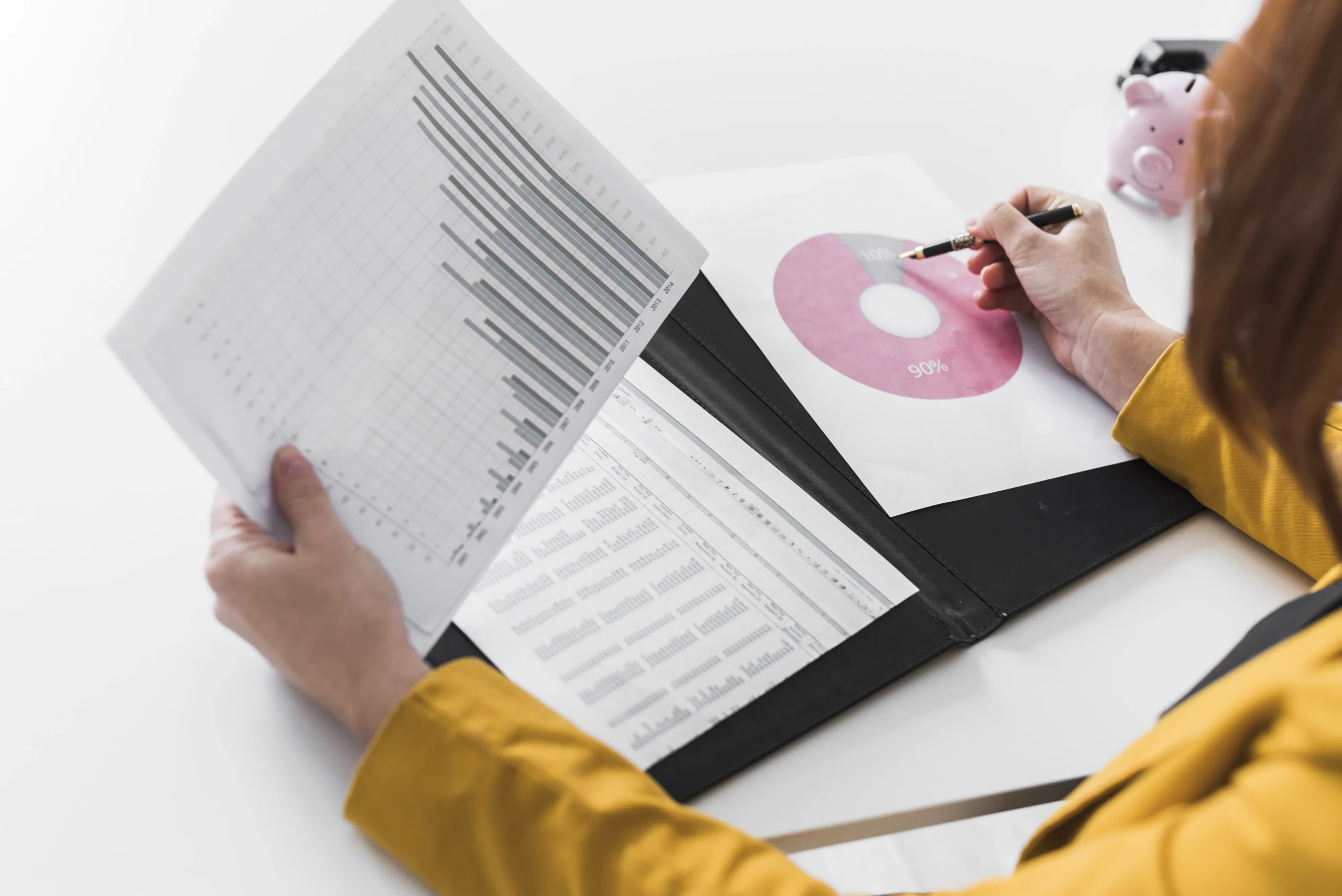
Trend Following: The Market Momentum Capitalist
Like surfing – you don’t create momentum, just ride it intelligently. Bots identify directional moves in futures prices and jump aboard.
Beginner example: Moving average crossover on E-mini S&P futures. When 20-day crosses above 50-day, buy one contract. Cross below, sell. ES contract worth $200,000 (4,000 points × $50), so 50-point moves net $2,500. Not bad for simple rules.
Advanced: Multi-timeframe momentum systems analyzing hourly, daily, weekly trends simultaneously. Bots wait for perfect alignment, then use volatility-adjusted sizing. During 2023’s tech rally, properly configured trend bots captured 15-20% of Nasdaq futures moves while avoiding whipsaws. That’s systematic futures trading strategies versus emotional decisions.
Grid Trading: The Mathematical Market Maker
Grid strategies treat markets like fishing nets, placing buy/sell orders at regular intervals around current prices. Works great in ranging markets.
Setup: Oil at $75? Buys every $10 below ($65, $55, $45), sells above ($85, $95, $105). Each round trip profits from spreads.
Risk: Oil breaks below $50 and keeps falling. Your grid gets “run over” with multiple losing longs. Advanced grids use dynamic spacing and drawdown limits. Bot strategies for futures require careful risk management.
Arbitrage: The Risk-Free Profit Hunter
Exploit temporary price differences between related contracts. Calendar spreads profit when month-to-month premiums differ from normal.
Example: December corn $0.20 above March when typical spread is $0.05. Bot sells December, buys March, capturing $0.15 per bushel ($750 on 5,000-bushel contracts) when normalized. These futures trading indicators identify broken relationships creating profit opportunities disappearing within minutes.
| Strategy | Best For | Risk Level | Example Profit |
| Trend Following | Directional markets | Medium | $2,500 (50-point ES move) |
| Grid Trading | Ranging markets | High | $750 (corn spread normalization) |
| Arbitrage | Price discrepancies | Low | $750 (near-risk-free) |
Platforms and Tools to Run Your Bots
Most traders start with drag-and-drop builders. TradingView, MetaTrader, NinjaTrader offer visual interfaces connecting conditions like building blocks – no coding required.
Futures trading algorithms range from simple to institutional-grade. Pine Script builds custom strategies with basic programming. QuantConnect and MultiCharts offer sophisticated backtesting for serious automation.
Demand these features:
- Historical backtesting with realistic slippage
- Paper trading validation
- Robust risk controls
- Maximum daily losses, position limits, emergency stops
API solutions connect directly to brokers, eliminating middlemen. Most setups for futures trading with bots use APIs for professional execution.
VPS Hosting: Why Speed Matters for Automation
Your home internet is a critical weakness. Power outages, disruptions, crashes kill bots when you need them most. Futures trading bots require 24/7 uptime.
Low-latency futures execution becomes crucial during volatility. Every millisecond counts when traders compete for opportunities. Research shows a 1-millisecond advantage impacts profitability by over $100 million annually for large operations. MetaTrader VPS eliminates problems by running bots on high-speed servers near major exchanges.
Cost: $20-50 monthly – less than one bad trade from connection issues. Professional servers offer sub-10ms latency versus 50-200ms from home connections.
How to Avoid Common Automation Pitfalls
Over-optimization kills more strategies than crashes. Bots showing amazing backtested results often fail live because they learned noise, not signal.
Knowing the answer to “What time do futures markets open?” prevents orders during low-liquidity periods when spreads widen. Most futures trade 24/7 but volume patterns vary significantly.
Forward test everything 30+ days before risking real money. This reveals execution issues backtests miss.
Risk maximum 1-2% per trade regardless of bot confidence. Markets stay irrational longer than you stay solvent.
Never let bots trade unsupervised. Check positions daily, ensure bots aren’t stuck in loops or responding to bad data.
Legal & Risk Considerations
Algorithmic trading is mainstream. With 60-73% of U.S. equity trading automated, regulatory frameworks evolved accordingly. Compliance varies by jurisdiction – ensure platforms meet local requirements.
Consider futures trading tax rate implications. Automated systems generate many trades, creating complex tax situations. Some jurisdictions offer preferential treatment.
Risk disclosure: automation amplifies profits and losses. Bots execute without considering external factors. Maintain override capabilities.
Final Thoughts: Is Automation Right for You?
Automated futures trading strategies excel at systematic execution with discipline impossible for humans. CME Group reported record 26.5 million daily contracts in 2024, largely driven by automation adoption.
Start simple. Master one strategy before expanding. Goal isn’t replacing judgment but enhancing execution and removing emotional interference.
Success combines automated execution with human oversight. Most profitable traders use bots for systematic strategies while maintaining discretionary control for complex situations. With 60-73% of U.S. equity trading automated, this approach became industry standard.
